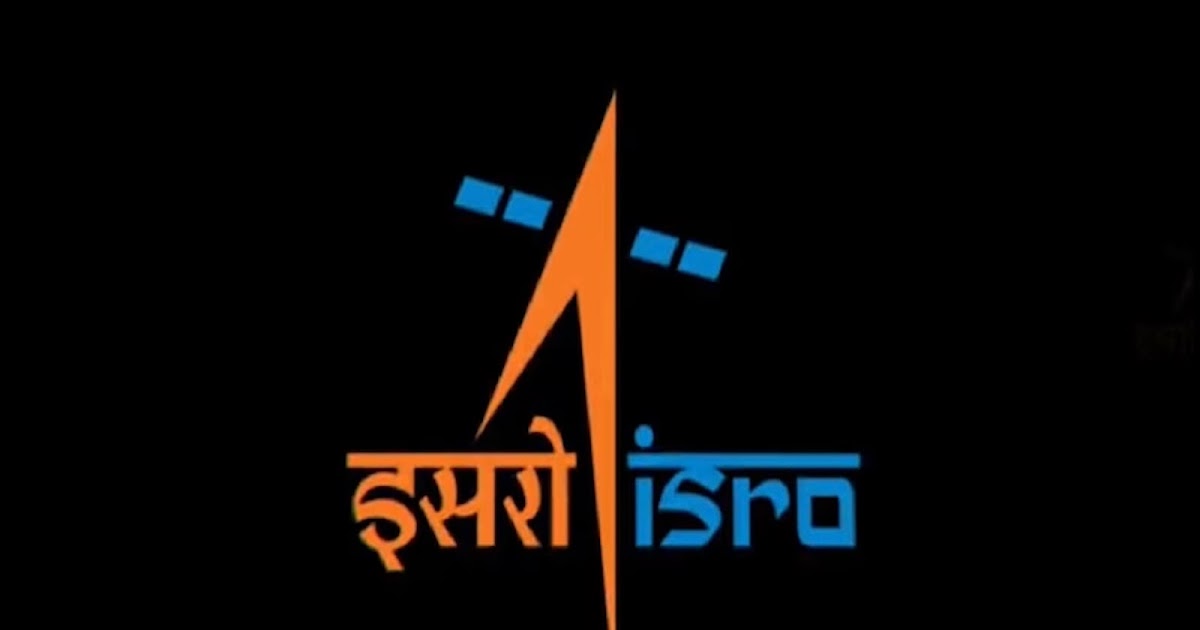
This will provide Data Patterns with miniature synthetic aperture radar (SAR) capability, boosting its capability in remote sensing
By Vikas Gupta
Defence News of India, 17 Oct 23
Data Patterns (India) Limited, one of India’s highly regarded, vertically integrated aerospace and defence (A&D) electronics solutions provider, announced on Monday a licensing and transfer of technology (ToT) agreement with IN-SPACe.
IN-SPACe is an independent, nodal agency that functions as an autonomous agency in the Department of Space (DoS).
The agreement will provide Data Patterns with miniature synthetic aperture radar (SAR) capability, adding to its capability in the field of remote sensing.
SAR provides the ability to generate very high-resolution images from space, independent of weather conditions. It can collect imagery during both day and night.
The technology has been developed at the Space Applications Centre (SAC) in the Indian Space Research Organisation (ISRO). It is the forerunner of ISRO’s upcoming high resolution SAR satellite, the NISAR. It has been made available for ToT to the industry by IN-SPACe.
Remote sensing is the acquiring of information from a distance. It involves observing Earth and other planetary bodies via remote sensors on satellites and aircraft. These detect and record reflected or emitted energy.
Satellites can be placed in various types of orbits around Earth. The three common classes of orbits are low-Earth orbit (160 to 2,000 km above Earth), medium-Earth orbit (2,000 to 35,500 km above Earth), and high-Earth orbit (above 35,500 km above Earth).
Satellites orbiting at 35,786 km are at an altitude at which their orbital speed matches the planet’s rotation, and are in what is called geosynchronous orbit (GSO). A satellite in GSO directly over the equator will be in a geostationary orbit. This enables a satellite to maintain its position directly over the same place on Earth’s surface.
A satellite in medium-Earth orbit takes approximately 12 hours to complete an orbit. In 24-hours, the satellite crosses over the same two spots on the equator every day. Since this orbit is consistent and highly predictable, it is used by many telecommunications and GPS satellites.
An example of a medium-Earth orbit satellite constellation is the European Space Agency’s global navigation satellite system (GNSS), which orbits 23,222 km above Earth.
Data Patterns carries out design and development of electronic hardware, software, firmware, validation and verification. The company has worked on the Tejas Light Combat Aircraft, Light Utility Helicopter, the BrahMos missile and other defence systems.
The company has also worked closely with defence public sector undertakings, such as Hindustan Aeronautics Ltd, Bharat Electronics Ltd, and with government organisations working in the fields of defence and space research, such as the Defence R&D Organisation (DRDO) and ISRO.
Meanwhile, IN-SPACe promotes and develops Indian space ecosystem, in order to accelerate a space economy, to nurture ventures in space sector and to create a well-defined framework to authorise space operations and services in the country.
With the Indian space ecosystem and economy opening up on account of major policy changes initiated by the Government of India, both Data Patterns and IN-SPACe will leverage their knowledge, expertise and skills to capitalise on emerging opportunities.
Based out of Siruseri, Chennai, Tamil Nadu, Data Patterns employs over 1,000 people, and is among the top 500 listed companies in India.






